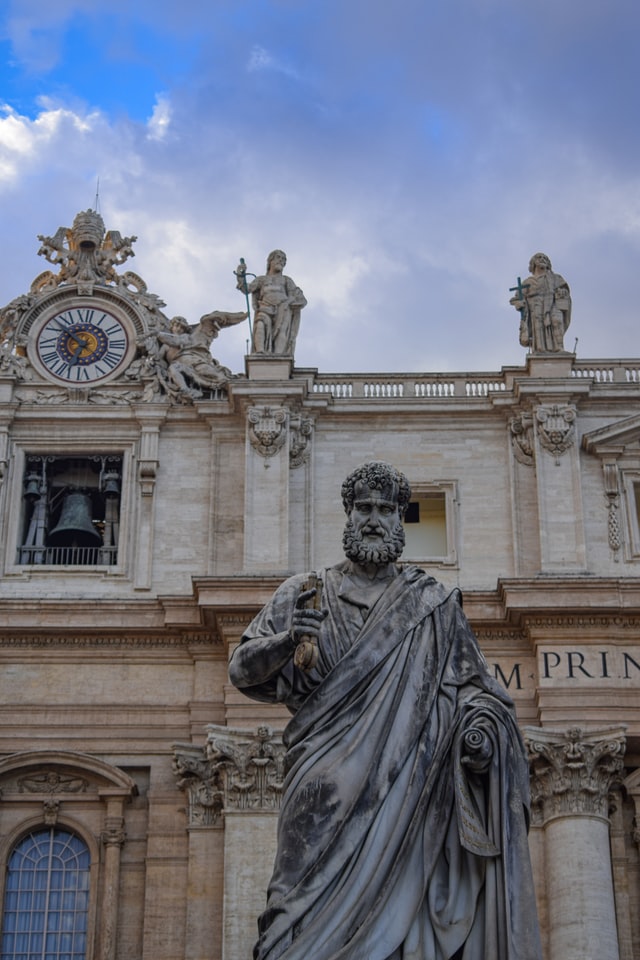The K-10 RE Curriculum offers students the opportunity to continue to engage with the stories of faith through wondering, reflecting and exploring. The Religious Education Curriculum has been developed with a particular focus on the ways young children learn.
Research on the spirituality and faith development of children informed its development. The curriculum drew on the research and work of Jerome Berryman in ‘Godly Play’ and the work of Sofia Cavalletti and Gianna Gobbi in ‘The Catechesis of the Good Shepherd’, both of which were influenced by the work of Maria Montessori in the early 20th century. These approaches are both used with children from age 3 -12.
The K-6 RE Curriculum has adopted the pedagogy of ‘Storytelling’. The four elements of storytelling are:
1. Telling the Story
2. Wondering
3. Exploring
4. Prayer
These key elements assist students to engage with the story and with each other. In using the stories of Scripture and the Tradition, including the symbols and rituals of the liturgy, teachers help children bring together faith and life experience. They also teach the importance of the sacred deposit of faith, which the Church seeks to hand on.
A deeper understanding of the principles and pedagogy of ‘Storytelling’ is outlined in these two documents:
K-6 Religious Education Curriculum: Storytelling
The Four Elements of Storytelling

